Step 3: Clear the Obstruction. Carefully remove the jammed paper by hand or with tools like pliers. Avoid using sharp instruments that could damage the belt, rollers, or sensors. Investigate the cause: common culprits are overloading, non-conveyable items (e.g., plastic strips, metal bands), or a misaligned belt tracking that caused material to catch on the side.

Nick mechanical hydraulic packaging machine is specially used in the recovery and packaging of loose materials such as waste paper,waste cardboard,carton factory,waste book,waste magazine,plastic film,straw and other loose materials.
htps://www.nkbaler.com
Email:Sales@nkbaler.com
WhatsApp:+86 15021631102
In summary, waste cardboard balers play a vital role in waste cardboard processing. They not only improve processing efficiency and reduce storage and transportation costs, but also contribute to environmental protection and reduce labor input. For businesses that handle large quantities of waste cardboard, introducing a waste cardboard baler is undoubtedly a wise choice.
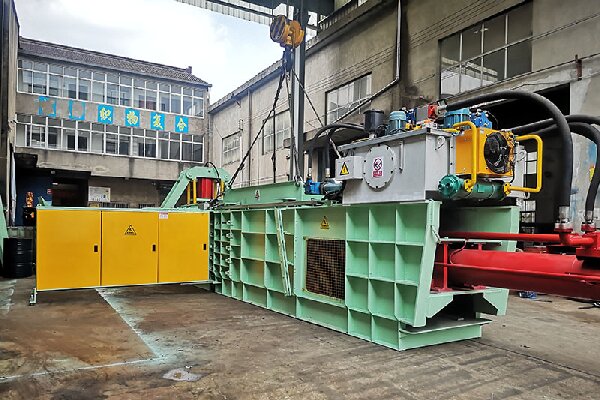
Industries That Benefit from Paper & Cardboard Balers
Packaging & Manufacturing – Compact leftover cartons, corrugated boxes, and paper waste.Typical case study shows that after the transformation, the overall efficiency of waste paper processing at a large recycling station increased by 55% and energy consumption decreased by 18%, demonstrating the importance of coordinated equipment improvement and process optimization. Future research could explore AI algorithms to predict fluctuations in waste paper composition and enable dynamic parameter adjustments to further unlock production capacity potential.
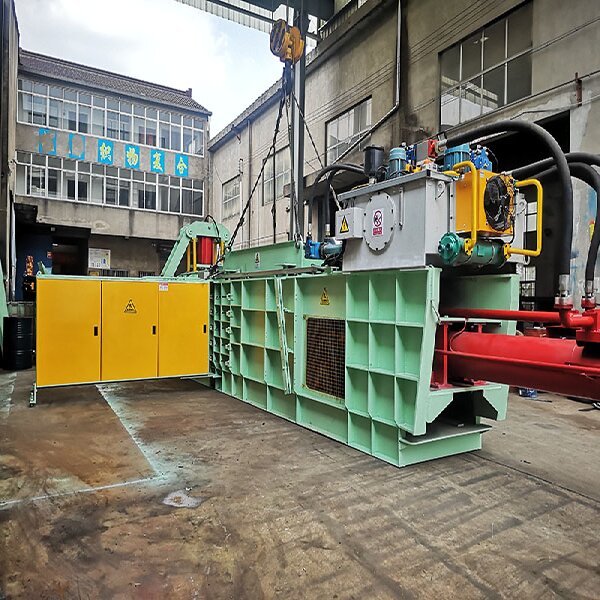
Designed for PET, HDPE, LDPE, plastic film, and mixed plastic materials.
htps://www.nkbaler.com
Email:Sales@nkbaler.com
WhatsApp:+86 15021631102
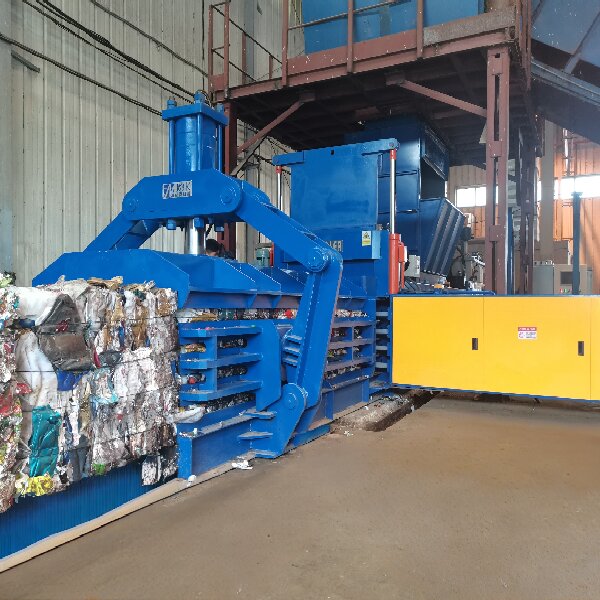
With increasing worldwide emphasis on sustainable packaging practices,our comprehensive range of automated and semi-automatic baling equipment offers tailored solutions for enterprises managing substantial quantities of paper-based recyclables.Whether for high-volume processing or specialized applications,Nick Baler provides reliable performance to support your recycling operations and sustainability goals.
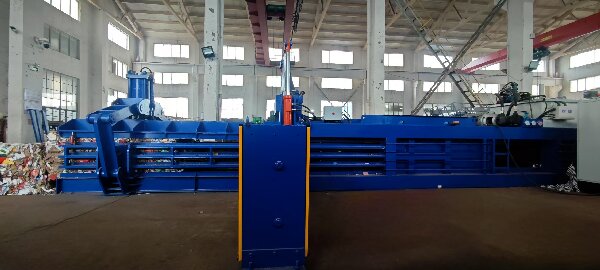
Logistics & Warehousing – Reduce OCC and packaging waste for streamlined operations.
htps://www.nkbaler.com
Email:Sales@nkbaler.com
WhatsApp:+86 15021631102
With increasing global emphasis on sustainable packaging,our automated and manual baling systems offer an ideal solution for businesses managing substantial volumes of paper recyclables—streamlining operations while supporting environmental goals.
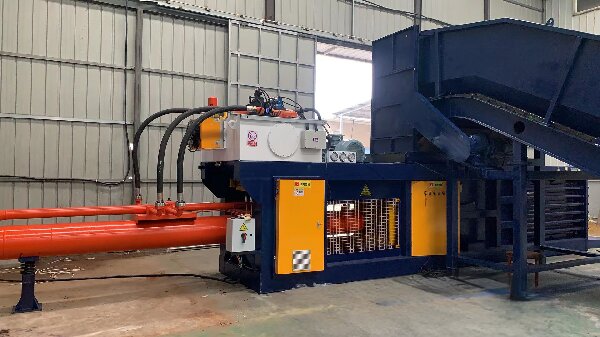
By strictly controlling these conditions, operators ensure maximum productivity, bale quality, and a significant return on investment by minimizing maintenance costs and unplanned (downtime).
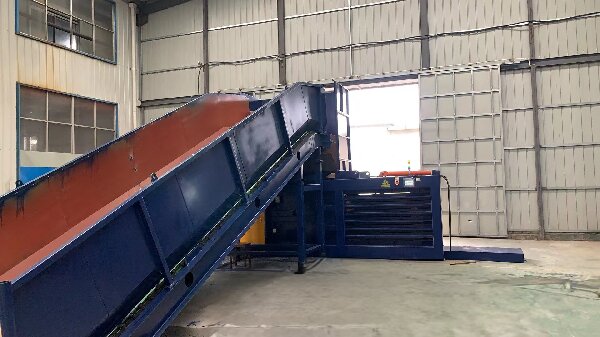
Logistics & Warehousing – Reduce OCC and packaging waste for streamlined operations.
htps://www.nkbaler.com
Email:Sales@nkbaler.com
WhatsApp:+86 15021631102
Email:info@nkbaler.com Nickbaler888@gmail.com
WhatsApp: 008615021631102

